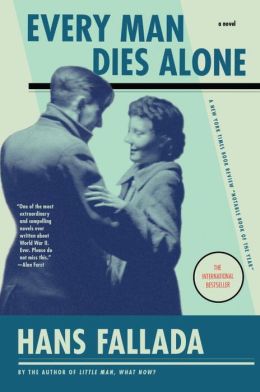
Meanwhile, Eva Kluge has made a decision to kick her husband out of her life for good and to sever all ties. He’s a drunkard, a gambler, and a womanizer, and he deserves nothing less than to be kicked to the curb. However, Enno Kluge only becomes more debased when he encounters Emil Borkhausen — another drunken criminal, but one with a focus on how to best screw the next person over for his own benefit. There are the Nazi Party members, the Persicke’s and Judge Fromm, as well as Frau Rosenthal, and Inspector Escherich, who all come into contact with many of these characters at times when fates are decided.
“No, it wasn’t a letter, it was silly, useless chatter, and not even true at that. She wasn’t safe at all. Never in the last ghastly months had she felt herself in such danger as in this quiet room. She knew she would have to change here, she wouldn’t be able to escape herself. And she was afraid of who she might turn into. Perhaps she would have to endure even more terrible things to come, she who had already changed from Lore to a Sara.” (page 80)
Early on, readers will find Fallada’s style unusual, especially when the author interjects himself into the story to explain the fate’s of minor characters and because each chapter is given a heading, which are unnecessary and mostly give away the contents of those chapters — even those chapters that are a mere three pages and major plot points occur. There also are moments in the narrative where points of view are switched without a break in the text or a new section beginning, which can leave some readers feeling a little lost or frustrated. However, later on, these transitions smooth out a bit more and fade away as chapters begin to designate points of view switch. With that said, Fallada has created a world as close to the real Germany under the Third Reich as can be fictionalized without readers having to read a nonfiction book or having to live through the torture and constant fear themselves. Although some aspects are overly melodramatic on some occasions and some of the minor characters were a bit superfluous, readers will be swept up in the fear, the pain, and all of the other emotions tied to the Gestapo’s investigations, German residents’ spying, and death of loved ones and dreams.
“‘Who wants to die?’ he asked. ‘Everyone wants to live, everyone–even the most miserable worm is screaming for life! I want to live, too. But maybe it’s a good thing, Anna, even in the midst of life to think of a wretched death, and to get ready for it. So that you know you’ll be able to die properly, without moaning and whimpering. That would be disgusting to me…'” (page 294)
Fallada throws in hiding a Jewish woman, the spying neighbors, the conspirator cells against the Third Reich, and the high-and-mighty Nazi members. What’s great is how well all of these subplots, characters, and themes mesh together to highlight the struggle of coping with loneliness, the possibility of death, and the hopelessness of fighting something bigger than oneself because it is right and decent. While readers may not agree with everything that these characters do, the fear that pervades the German Reich effectively influences each character differently. Every Man Dies Alone by Hans Fallada, translated by Michael Hofmann, is a wide ranging look at how small actions can lead to either small changes in others or spur wider change. But it also demonstrates the strength of love that may not be as obvious on the surface or to outsiders.

About the Author:

Shortly after Fallada completed it, he died in Berlin due to heart failure on the 5th of February 1947.
What the Book Club Thought: (Beware of spoilers)
Every Man Dies Alone by Hans Fallada was our March book club pick, thanks to our resident WWII expert Anna from Diary of an Eccentric. Anna and one other member loved the book and planned to give it five stars, while one member was unsure whether he would rate it three or four stars. As I had not finished the novel prior to discussion, I had not made up my mind, but was leaning toward four stars, which is where I finally landed. Two other members did not read the book and one did not finish. Our youngest member did not participate in this discussion or read due to the content of the novel.
Most of the members enjoyed Fallada’s characters Otto and Anna Quangel and their work with the postcards to open the eyes of fellow Germans to the atrocities of the Reich, while one member vehemently hated Enno Kluge and another member thought Borkhausen was comical. I agree that Borkhausen was a bit comical, especially given his outrageous decision-making and the events that befell him. Some members agreed that the writing style was tough to get used to, and that the beginning half was slower than the latter third of the book, which was a fast-paced wrap up of the events and more. One member did not think the final chapter was necessary, while Anna said that maybe the final chapter was to end the novel on a good note. I have to agree with Anna that I liked the final chapter in the novel because it wrapped up some loose ends and really ended the novel on a more hopeful note.
One aspect of the novel that was brought up was the role of the cyanide pill in providing solace to one character and torture to another. It was interesting to see how someone could feel free knowing that the cyanide pill was available, while another character could only feel free once the pill was eliminated from the equation. I was intrigued by Inspector Escherich, and found him to be one of the most dynamic and complex secondary characters in the book. It almost would have been more interesting to have seen more of him, but not totally necessary.
Overall, there seemed to be a mixed reaction to the writing style, but overall about half of the members enjoyed the novel. I did wonder about how prepared one could make himself or herself for death given the circumstances these characters find themselves in, and I also wonder how much of Fallada’s experiences with loneliness and persecution are infused in the novel as well, particularly in the case of Rosenthal and the Quangels.

 About the Author:
About the Author: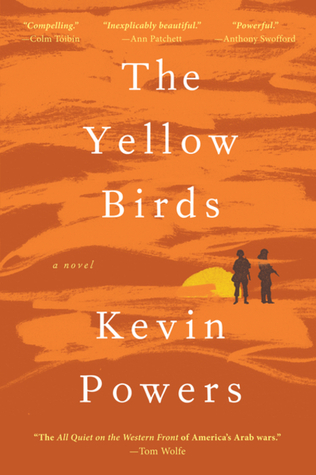
 Rules for Virgins by Amy Tan is a short story in which a virgin courtesan is being told the ins and outs of the profession. Set in 1912 Shanghai, Magic Gourd is explaining the ways in which courtesans gain favor with the wealthiest of men. Violet, a young woman whose mother owned a similar house of women, is being tutored in the ways of beguiling and pampering not only the men they want to attract, but the other women in the house so that competition does not become deadly.
Rules for Virgins by Amy Tan is a short story in which a virgin courtesan is being told the ins and outs of the profession. Set in 1912 Shanghai, Magic Gourd is explaining the ways in which courtesans gain favor with the wealthiest of men. Violet, a young woman whose mother owned a similar house of women, is being tutored in the ways of beguiling and pampering not only the men they want to attract, but the other women in the house so that competition does not become deadly. About the Author:
About the Author: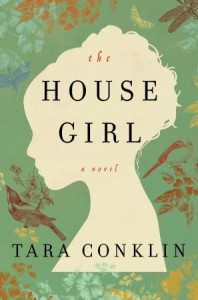
 About the Author:
About the Author:

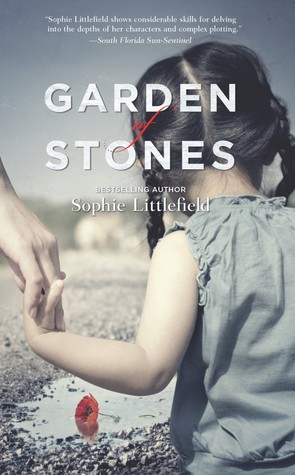

 About the Author:
About the Author:

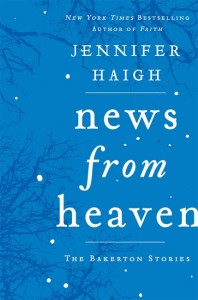
 About the Author:
About the Author:


